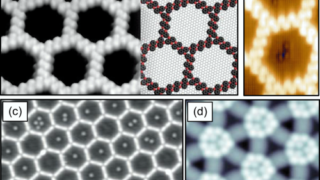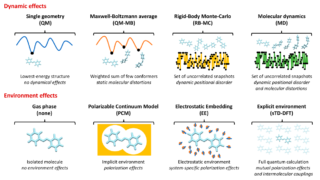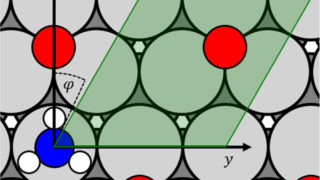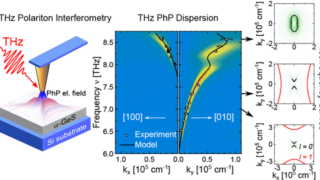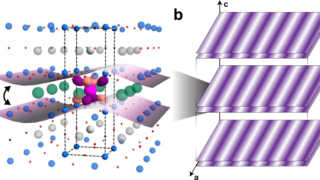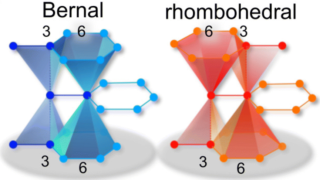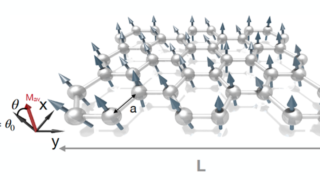
Mermin–Wagner theorem for practical length scales
Mermin–Wagner The demand for computational power is increasing exponentially, following the amount of data generated across different devices, applications and cloud platforms. To keep up with this trend, smaller and increasingly energy-efficient devices must be developed, which require the study of compounds not yet explored in data-storage technologies. The discovery of magnetically stable 2D van […]
